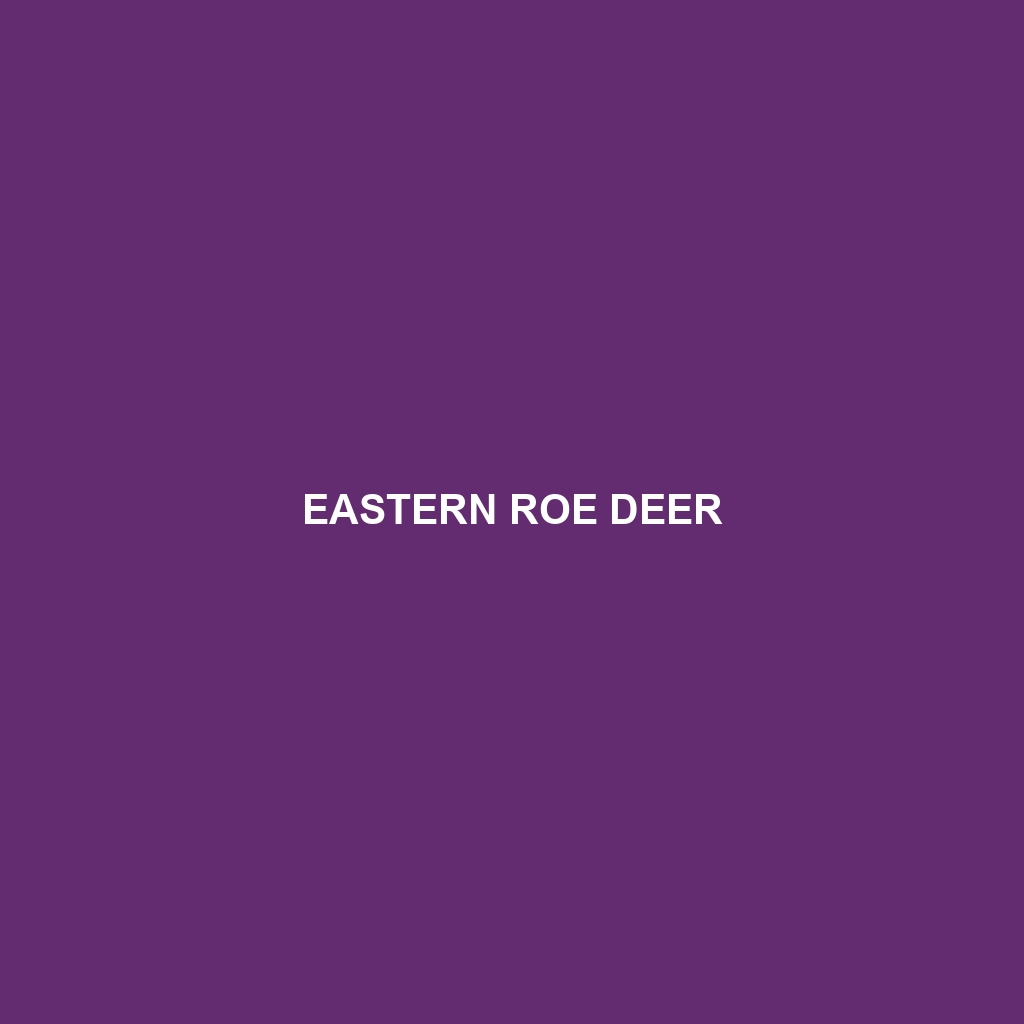Western Roe Deer
Common Name: Western Roe Deer
Scientific Name: Capreolus capreolus
Habitat
Western Roe Deer are primarily found in the temperate regions of Europe and parts of Asia. They inhabit a variety of environments, including mixed forests, agricultural fields, and grasslands. Their preferred habitats often have a mix of open areas and dense cover, which provides them with both foraging opportunities and shelter from predators. Populations of Western Roe Deer are particularly prevalent in countries such as Germany, France, and the United Kingdom, where they adapt well to both rural and urban landscapes.
Physical Characteristics
Western Roe Deer are medium-sized deer, typically standing between 75 to 110 centimeters (30 to 43 inches) at the shoulder and weighing between 20 to 30 kilograms (44 to 66 pounds). Their coats are reddish-brown in the summer, transitioning to gray-brown in the winter months. They have a distinctive white patch on their face and a characteristic white rump that is prominently displayed when they run. Notably, males possess sharp antlers that grow in a distinctive forked shape, shedding annually.
Behavior
Western Roe Deer are known for their agility and speed, often reaching speeds of up to 30 mph when threatened. They are primarily crepuscular, meaning they are most active during dawn and dusk. Their social behavior includes living in small groups or solitary, with males typically being more solitary during the breeding season. Communication among Western Roe Deer often involves subtle body language and vocalizations, particularly during mating rituals.
Diet
As herbivores, Western Roe Deer have a diverse diet that includes leaves, shoots, fruits, and nuts. They predominantly feed on grass, herbs, and shrubs in the summer, while they rely on woody plants and bark during the winter months. Their feeding habits greatly influence the growth and distribution of vegetation in their habitat, contributing to a balanced ecosystem.
Reproduction
The reproductive habits of Western Roe Deer are characterized by a breeding season that typically occurs from July to August. After a gestation period of about 10 months, does give birth to one or two fawns, which are well-camouflaged in the vegetation. Fawns remain hidden for the first few weeks of life, relying on their mother’s return for feeding and protection. Notably, the mothers are very protective and will relocate their fawns if they perceive a threat.
Conservation Status
Currently, the conservation status of Western Roe Deer is classified as ‘Least Concern’ on the IUCN Red List. However, local populations may face threats from habitat loss, hunting, and road accidents, which can lead to short-term declines in specific areas.
Interesting Facts
Western Roe Deer have a unique defense mechanism; when they feel threatened, they tend to freeze in place instead of fleeing immediately. Their remarkable agility and the ability to jump high make them formidable survivors in the wild. Additionally, they possess excellent senses of sight and smell to detect predators accurately.
Role in Ecosystem
Western Roe Deer play a crucial role in their ecosystems by influencing plant community structures through their grazing habits. By controlling vegetation growth, they facilitate the regeneration of certain plant species and create habitats beneficial for other wildlife. Their presence supports a healthy balance within their ecological niche, fostering biodiversity in the regions they inhabit.
